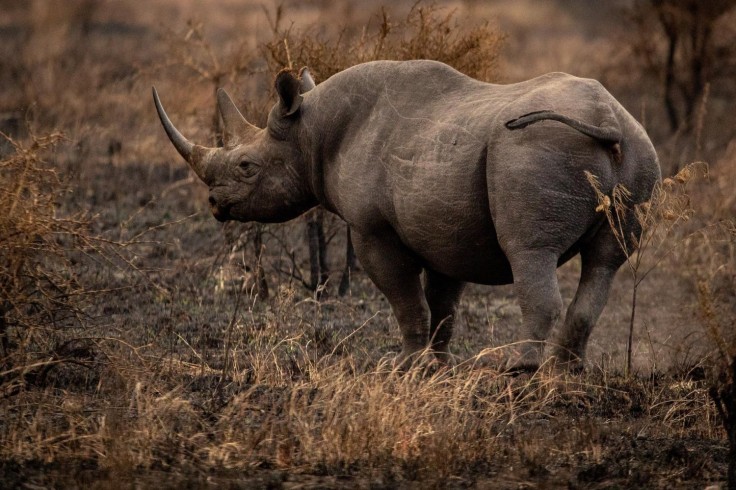
September 22 is World Rhino Day. This day meant for rhinos is made to make people more aware of all five rhino species and conserve what is left of these marvelous creatures, per News 18. This has been celebrated internationally since 2011 by rhino experts and advocates worldwide.
This year's theme is "Five Rhino Species Forever." It was first announced by the World Wide Fund for Nature in South Africa in 2020. Eventually, Rhino Day grew into an international success the following year, encompassing African and Asian rhino species.
Rhinos were once prevalent throughout Eurasia and Africa. Approximately around 500,000 rhinos roamed the globe in the early 20th century. The Javan and Sumatran rhinoceros are endangered in Asia, and about 58 to 68 Javan rhinos are left on the Earth.
The number of rhinoceros dropped to 70,000 in 1970; as of now, only 27,000 rhinos remain in the wild. Several rhinos survive outside national parks and reserves because of the persistent poaching and habitat loss over many decades.
Here are the five species of rhinoceros:
1. Sumatran Rhinoceros
This type of rhino is the smallest of the living rhinoceroses and the only Asian rhino with two horns. Sumatran rhinoceros are covered with long hair and are more closely related to the extinct wooly rhinos than any other rhino species existing today.
Data suggests that 800 Sumatran rhinoceros remained in the wild in 1986; 35 years later, reports estimate that only 34-47 rhinoceros left.
2. Javan Rhinoceros
Javan rhinoceros is the most threatened of the five rhino species, with only 60 large and herbivorous mammals that live only in Ujung Kulon National Park in Java, Indonesia. They once lived throughout northeast India and Southeast Asia. The current estimation of this type of specie is between 65 and 68.
3. Black Rhinoceros
The black rhinoceros is the smaller of the two African species. The most significant difference between the white and black rhinos is their hooked upper lip. Such distinguishes them from the white rhino, which has a square lip. They are also browsers than grazers, and their pointed lip helps them to eat leaves from bushes and trees. They have two horns that continually grow from the skin at their base throughout their life, per Save the Rhino.
4. Greater One-Horned Rhinoceros
This type of rhino is identified by a single black horn about 8-25 inches long and a gray-brown hide with skin folds that gives it an armor-plated appearance. They are semi-aquatic and usually reside in swamps, forests, and riversides. They are also solitary, excluding rhinos nearing adulthood gathering at wallows or grazing.
5. White Rhinoceros
White rhinos are commonly known as the square-lipped rhino. They are the second-largest mammal, and their name comes from the West Germanic word "weit," which means wide and refers to the animal's mouth. They also have almost no hair, World Wildlife reported.
World Rhino Day is to spread awareness and the dangers these five species of rhinoceros face every single day from the hands of greedy people.
Related Article : Kenyan Tribe Gifts Cows, Bull and Goat to Prince George